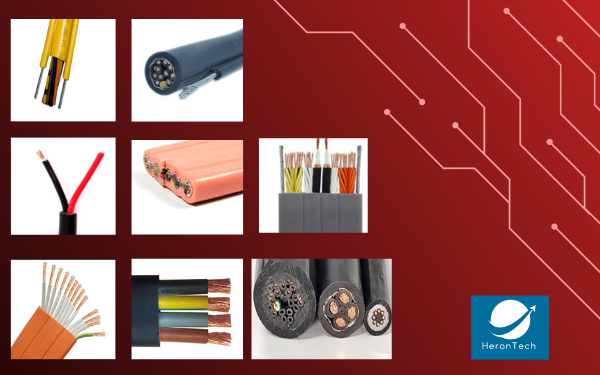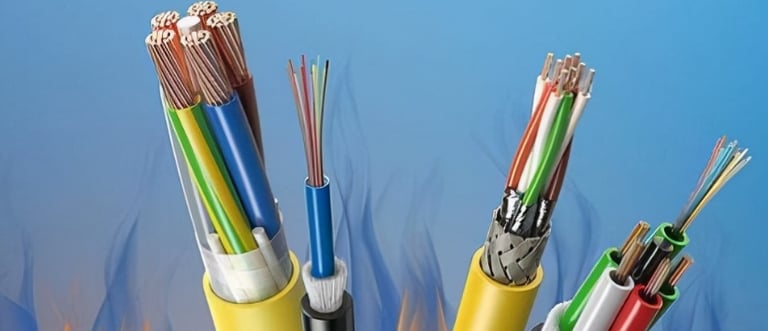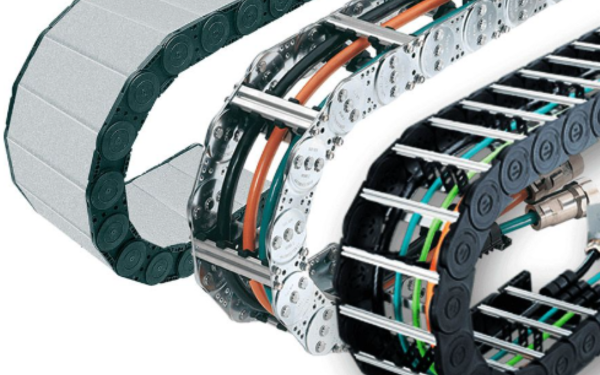Electrical Wire Types, Sizes, and Installation
An electrical wire has the purpose of transporting electrical energy from one point to another. Depending on their final application, cables can have different configurations, always basing their design on national and international regulations.
10/8/20245 min read


Electrical Voltage
An electric cable is measured in volts and, depending on these, they are categorized into one group or another:
Low voltage cables (up to 750 V): in a variety of applications, and with thermoplastic and thermoset coatings. They are designed and built according to harmonized standards.
Low Voltage cables (up to 1,000 V): (also called (0,6/1 kV) The cables in this section are used for industrial power installations in various fields (general industry, public installations, infrastructures, etc.). They are designed according to international standards (UNE, IEC, BS, UL).
Medium Voltage cables: from 1 kV to 36 kV. They are used to distribute electricity from electrical substations to transformer stations.
High Voltage cables: from 36 kV. They are used to transport electricity from the generating plants to the electrical substations.
Types of electrical wire
Control cables for fixed or mobile installations should be extremely flexible, as they are mainly designed for small household appliances, for the interconnection of machine parts used for manufacturing, for signalling and control systems, for the connection of motors or frequency converters, for signal transmission where the voltage induced by an external electromagnetic field may affect the transmitted signal or for power supply connections to avoid generating electromagnetic fields.
Flat ribbon cables consists of multiple parallel conductors arranged in a flat, ribbon-like structure, making it ideal for tight spaces. Commonly used in computers, telecommunications, and consumer electronics, these cables offer versatility and can be customized in length and configuration. They typically feature IDC connectors for easy connections and are cost-effective for mass production. However, they may have limitations in signal transmission over long distances, particularly for high-frequency applications. Overall, flat ribbon cables provide a practical solution for various electronic applications.
Reeling cables are designed for dynamic environments where movement is essential, such as cranes and industrial machinery. They consist of multiple insulated conductors bundled together, featuring a durable outer jacket to withstand bending and abrasion. The cables can be wound and unwound from a reel, preventing tangling and damage during operation. Known for their flexibility, they maintain performance in tight spaces and harsh conditions. Customizable in length and configuration, reeling cables provide reliable power and data transmission, making them vital for efficient operations in various industries.
High Flexible Drag Chain Cables
High flexible drag chain cables are engineered for continuous movement in applications like robotics and CNC machines. They offer excellent flexibility, allowing bending and twisting without damage. Constructed with durable insulation and protective jackets, they resist abrasion, oils, and extreme temperatures. These cables minimize stress on conductors during movement, ensuring long-lasting performance. Their compact design allows efficient routing in tight spaces, and they can be customized in length and specifications to suit specific needs. Overall, they provide reliable electrical connectivity in dynamic environments.
Welding cables are designed to connect welding equipment to power sources, capable of handling high currents needed for processes like MIG, TIG, and stick welding. They feature durable insulation made from flexible rubber or thermoplastic, resistant to heat and abrasion. Their flexibility ensures ease of use, even in cold conditions. Typically color-coded (red for positive, black for negative) for safety, these cables come in various gauges and lengths to suit different applications. Overall, they provide reliable electrical connections in demanding welding environments.


HeronTech Cable has a wide range of electrical wires.
Do not hesitate to consult our catalogue and find any cable you need:


Download the HeronTech Cables catalogue here.
Components of an electrical wire
An electric cable consists of:
Electric conductor: which channels the flow of electricity
Insulation: it covers and contains the electric flow in the conductor.
Auxiliary elements: that protect the cable and guarantee its longevity.
Outer sheath: it covers all the mentioned materials protecting them from the outside.
Types of electric conductors
Bare wire conductor: single wire in solid state, not flexible and without coating.
Aluminum electrical conductors: in some cases, aluminum conductors are also used, despite the fact that this metal is 60% worse conductor than copper.
Copper electrical conductors: the most commonly used material.
Flexible copper wire conductor: it is a set of fine wires covered by an insulating material. They are flexible and malleable.
Single-core cable: a cable with a single conductor.
Multi-core cable: a cable that has several conductors.
Types of insulation for electric wire
The insulation consists of placing an insulating coating on the conductor to prevent current leakage. They are classified into two large groups: thermoplastic and thermoset.
1. Thermoplastic insulation
They are most common in the manufacture of electrical cables are:
PVC:Polyvinyl chloride
Z1: Polyolefins
PE: Linear polyethylene
PU: Polyurethane
2. Thermosetting insulation
The most common are:
EPR: Ethylene Propylene
XLPE: Crosslinked Polyethylene
EVA: Ethyl Vinyl Acetate
SI: Silicone
PCP: Neoprene
SBR: Natural Rubber
Types of metal protections for electrical wire
In some cases, the cables may have metal shields.
Screens: these are electrical metal protections applied to isolate the signals that pass through the interior of the cable from possible external interference.
Armours: these are mechanical protections that protect the cable from possible external aggressions: animals, blows, etc.
Nomenclature of electrical cables according to standards
Each cable has a standard designation. This designation is composed of a set of letters and numbers, each with a specific meaning. This designation refers to a series of product characteristics (materials, nominal tensions, etc.) that facilitate the selection of the most suitable cable for your needs, avoiding possible errors in the supply of one cable by another.
When a cable does not clearly indicate these data, it may be a defective cable, which does not comply with safety regulations or guarantee the cable’s life and proper operation.


Types of colours in electrical wire and their meaning
The colours of the electrical cables are governed by the International Electrical Commission Standard IEC 60446. For the identification of the conductors, the following colors are allowed: black, brown, red, orange, yellow, green, blue, violet, gray, white, pink and turquoise.
Neutral conductor: blue. It is recommended not to use more blue conductors to avoid confusion.
Phase conductor: black, grey or brown.
Protective or earthing conductor: two colours, yellow and green. The use of yellow or green single-coloured cables is only permitted in places where, for safety reasons, there is no possibility of confusion with the earthing system.
